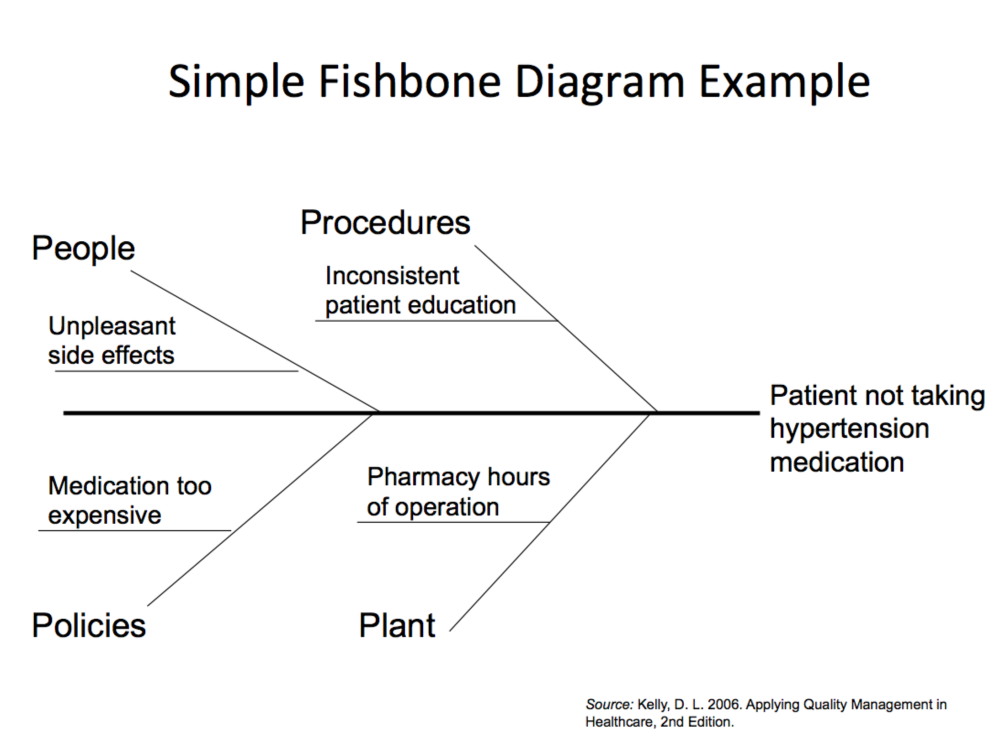How to Identify Key Drivers for Designing Simulation Scenarios
Recently, HealthStream sponsored my attendance to the 5th Annual International Pediatric Simulation Symposia and Workshops (IPSSW) where Wendy Van Ittersum, MD, FAAP, Pediatric Hospitalist from Children’s Hospital Cleveland Clinic provided a one hour workshop on “Key Drivers”. While my full meeting video review and article about the new Organization’s first event in the United States should be posted next week, I couldn’t wait to get these great templates to the HealthySim community!
Wendy was kind enough to share her presentation from the event which covered the uses of key driver forms. Wendy reminds us that key drivers are “an effective tool for breaking down complex questions or improvement goals and structuring them into smaller, addressable pieces”. Wendy’s workshop examined tools that can clarify simulation needs and interventions and demonstrated fishbone and key driver diagrams to identify, explore and graphically display all possible causes related to a problem or condition.
To help you get started, she has included the two templates in both a “fishbone” and “key driver” format for you below!
Sponsored Content:
The ‘fishbone’ form:
- A tool to visually represent cause and effect
- Illustrates relationships
- Helps identify & prioritize major contributors to an issue/event
- Brainstorming
- Information handling
- Thought structuring
- Work planning
- Communication/clarification
If you are looking to utilize simulation to address problem areas in your hospital training environment you can use these forms to help your team identify short, mid and long range drivers which will drive home to your overall outcome.
Download Wendy’s presentation and forms to start utilizing simulation today!
Lance Baily, BA, EMT-B, is the Founder & CEO of HealthySimulation.com, which he started while serving as the Director of the Nevada System of Higher Education’s Clinical Simulation Center of Las Vegas back in 2010. Lance is also the Founder and acting Advisor to the Board of SimGHOSTS.org, the world’s only non-profit organization dedicated to supporting professionals operating healthcare simulation technologies. His co-edited Book: “Comprehensive Healthcare Simulation: Operations, Technology, and Innovative Practice” is cited as a key source for professional certification in the industry. Lance’s background also includes serving as a Simulation Technology Specialist for the LA Community College District, EMS fire fighting, Hollywood movie production, rescue diving, and global travel. He and his wife Abigail Baily, PhD live in Las Vegas, Nevada with their two amazing daughters.
Sponsored Content:
Sponsored Content:

















